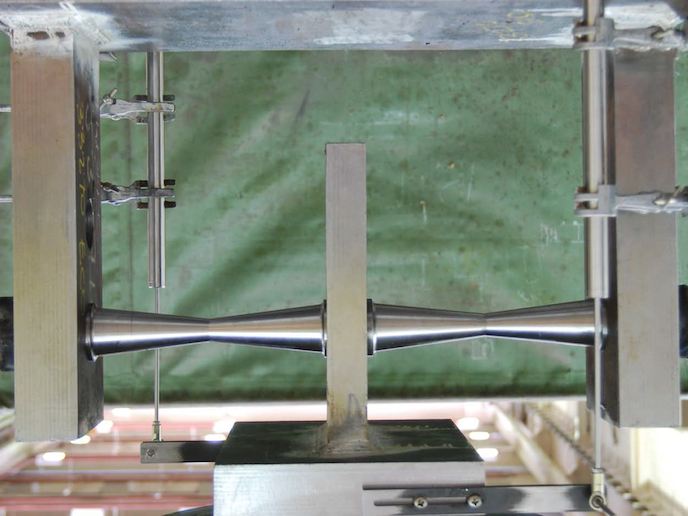Hydrodynamic-type systems of equations in 2+1 space-time
Hydrodynamic-type systems are systems of first-order quasilinear partial differential equations. This type of equation naturally arises in the study of gas dynamics, hydrodynamics, chemical kinetics, differential geometry and topological field theory, just to name a few. On the other hand, soliton equations like the non-linear Schrödinger equations are typically non-linear partial differential equations that include dispersive terms (namely, are not of hydrodynamic type). Application of Witham averaging to non-linear partial differential equations, however, results in a system of equations of hydrodynamic type. The EU-funded scientists considered equations that resemble a matrix Riemann equation in the framework of bidifferential calculus. Within the context of the project HYDRON (Near hydrodynamic type systems in 2 +1 dimensions), different choices of first-order bidifferential calculus led to a variety of equations. Amongst the most prominent integrable equations obtained were 2+1-dimensional non-linear Schrödinger equations. For all equations, a binary transformation resulted in bidifferential calculus, specialised to generate solutions of the associated Riemann equations. In addition, from matrix versions of the Riemann equations associated with an integrable equation, multi-soliton-type solutions could be generated. These include multi-soliton-type solutions of the (2+1) non-linear Schrödinger and the self-dual Yang-Mills equations. The self-dual Yang-Mills equations arise in both gauge and classical general relativity theory. The HYDRON team also looked into the so-called Witten-Dijkgraaf-Verlinde-Verlinde equations. In physics, these equations express associativity constraints of certain algebras related to topological field theories. From a mathematical point of view, these equations form a quasilinear system; in other words, a hydrodynamic-type system. At the same time, they have many characteristics of a soliton equation. In particular, their solutions do not 'blow up' in finite time. This feature has found an explanation within HYDRON because it is possible to construct such a hydrodynamic-type system equivalent to the Witten-Dijkgraaf-Verlinde-Verlinde equation. The theory of hydrodynamic-type systems is rich and influential in modern applied mathematics and mathematical physics. The HYDRON scientists have made an important contribution to a fairly unexplored terrain: 2+1 space-time.






